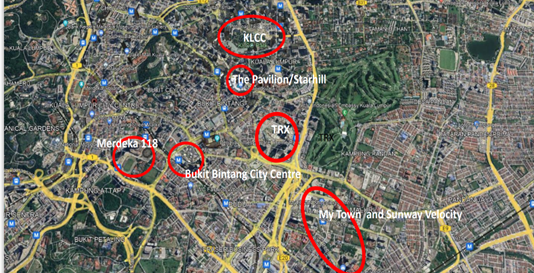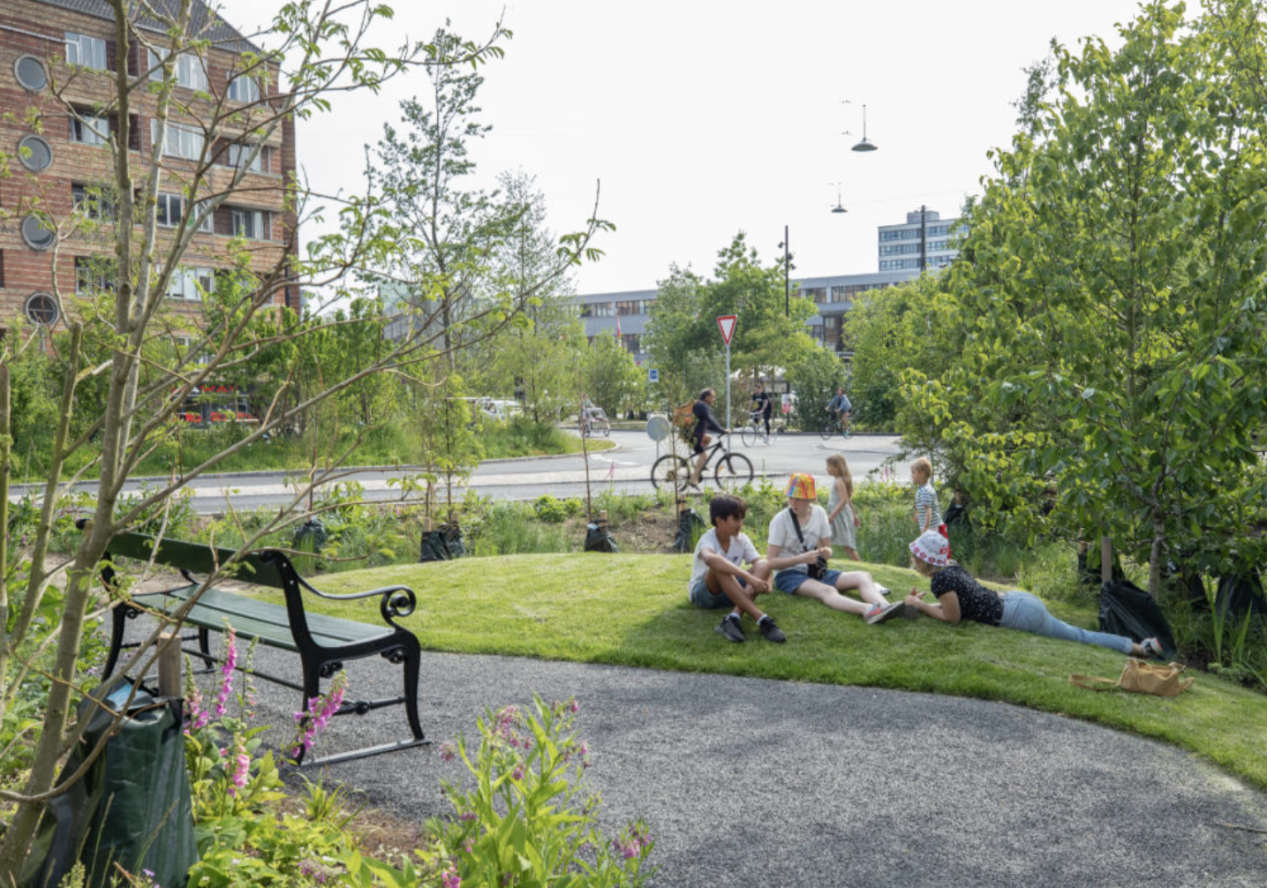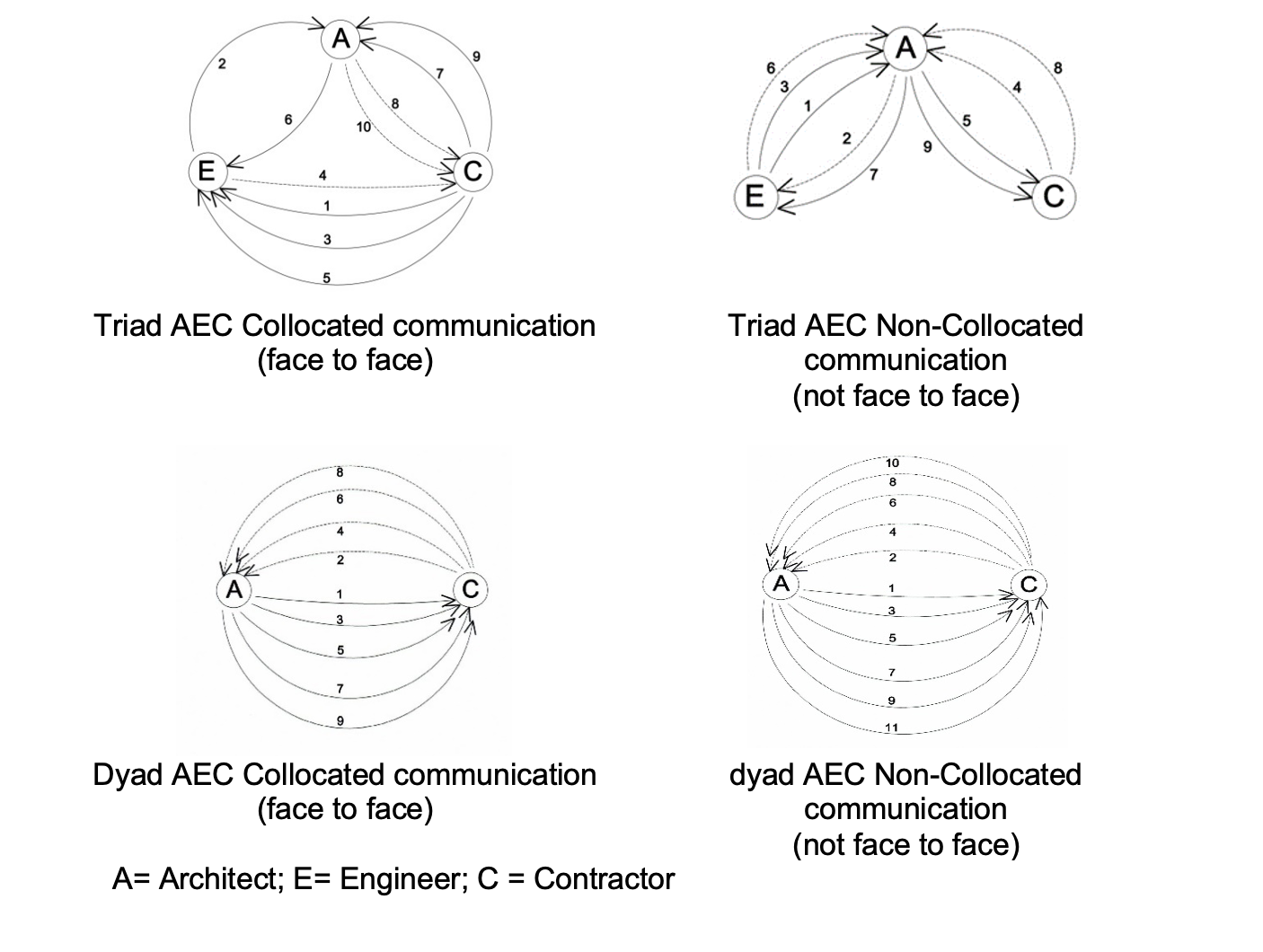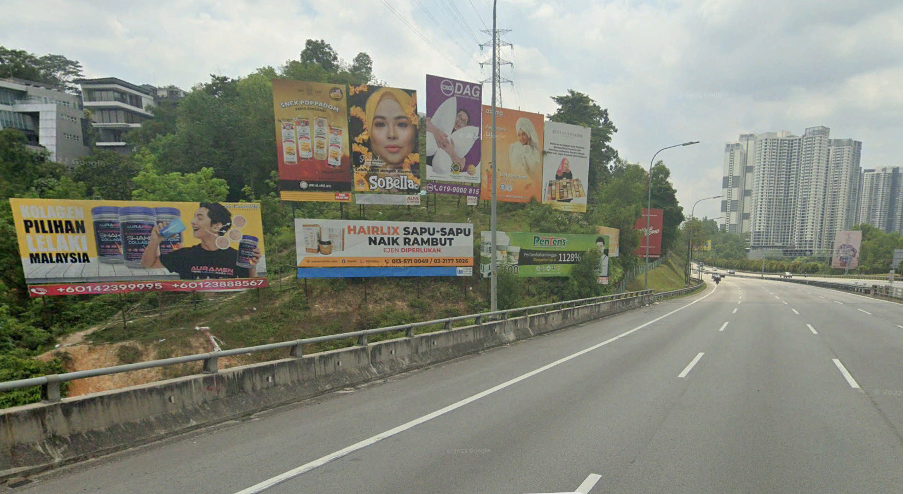Associate Professor Dr. Mohd Fairuz Shahidan
Landscape is the nature of the outdoor environment whether it is man-made or natural in urban or rural areas, that contains a mixture of soft and hard landscape elements. In realising a landscape, landscape design plays an important role in developing and designing an open area that has aesthetic value for user needs. However, if a landscape is designed solely based on aesthetic value, then it is not fully functional. This is due to the fact that a well-designed landscape must emphasise functional and technical values that enable it to respond to nature, the surrounding space, and the user himself. If this can be achieved, a designed landscape can provide advantages in terms of thermal comfort, improve physical and psychological effects, and influence the climate of the local environment. The intended influence on the local climate is aimed at the microclimate, which is influenced by the temperature and humidity components of the air, wind speed and solar radiation.
In order to meet the design requirements, knowledge about energy efficiency in landscape design needs to be understood so that the developed landscape can impact the environment's climate and landscape users effectively. By knowing the technical value of each landscape element, energy efficiency in landscape design can be achieved. Almost all soft and hard landscape elements have their own technical value. For example, trees and plants have the advantage of filtering solar energy and generating evapotranspiration through photosynthesis. Each tree species has a different value according to the form and structure of the tree. By knowing the screening power and absorption of solar radiation of a tree species, the shade quality of the tree can be determined.
In addition, the arrangement of plantings in landscape design plays an important role in obtaining optimal shade and subsequently influencing the local microclimate. Trees with high shade qualities can also be planted to act as solar barriers that reduce the total heat load on buildings, pedestrian areas, and park areas, especially during the hot season. In the context of thermal heat regulation, trees can be categorised as "natural air conditioners", where the evapotranspiration process is able to lower the temperature by controlling the macro and microclimates through increasing air humidity and subsequently lowering the surrounding air temperature. This can help reduce the effects of heat island issues in urban areas.
Apart from soft landscaping, hard landscaping also plays a role in contributing to energy efficiency. The use of landscaping materials that have a high albedo value (i.e., the value of the fraction of light reflected by a surface) can reduce the effect of heat absorption by a material. The albedo value can be assessed physically through the light or dark colour and fineness or roughness of a material. Bright colours and smooth surfaces have high albedo values, and vice versa for low albedo values. If a landscape design uses material with a low albedo value, the high absorption rate of heat radiation for that material can increase the temperature of the landscape area drastically, thus affecting the air temperature of that area until the night. This is because this accumulation of heat is absorbed during the intense heat of the day and released slowly at night.
Trees and plants are one of the most important natural components for realising a landscape design characterised by energy efficiency. Landscape design that emphasises a combination of hard and soft landscaping and the use of energy-efficient materials can reduce the impact of excess solar energy, reduce heat load, and reduce the need for mechanical active cooling. Finally, energy-efficient landscape design has additional benefits such as lower maintenance costs, reduced energy and water consumption, cleaner air, and optimal thermal comfort.

Figure 1 :https://preview.redd.it/lo3kca37f8i01.jpg?auto=webp&s=00b3e313ce3c5ec8f0c3690379521376ba0be51f

Figure 2 : Gamuda_CEA_httpsgamuda.com.mywp-contentuploads202105Gamuda_CEA.jpg

Figure 3 : httpsenvironment.utah.edunewshow vegetation effects microclimates in urbanized salt lake valley






























